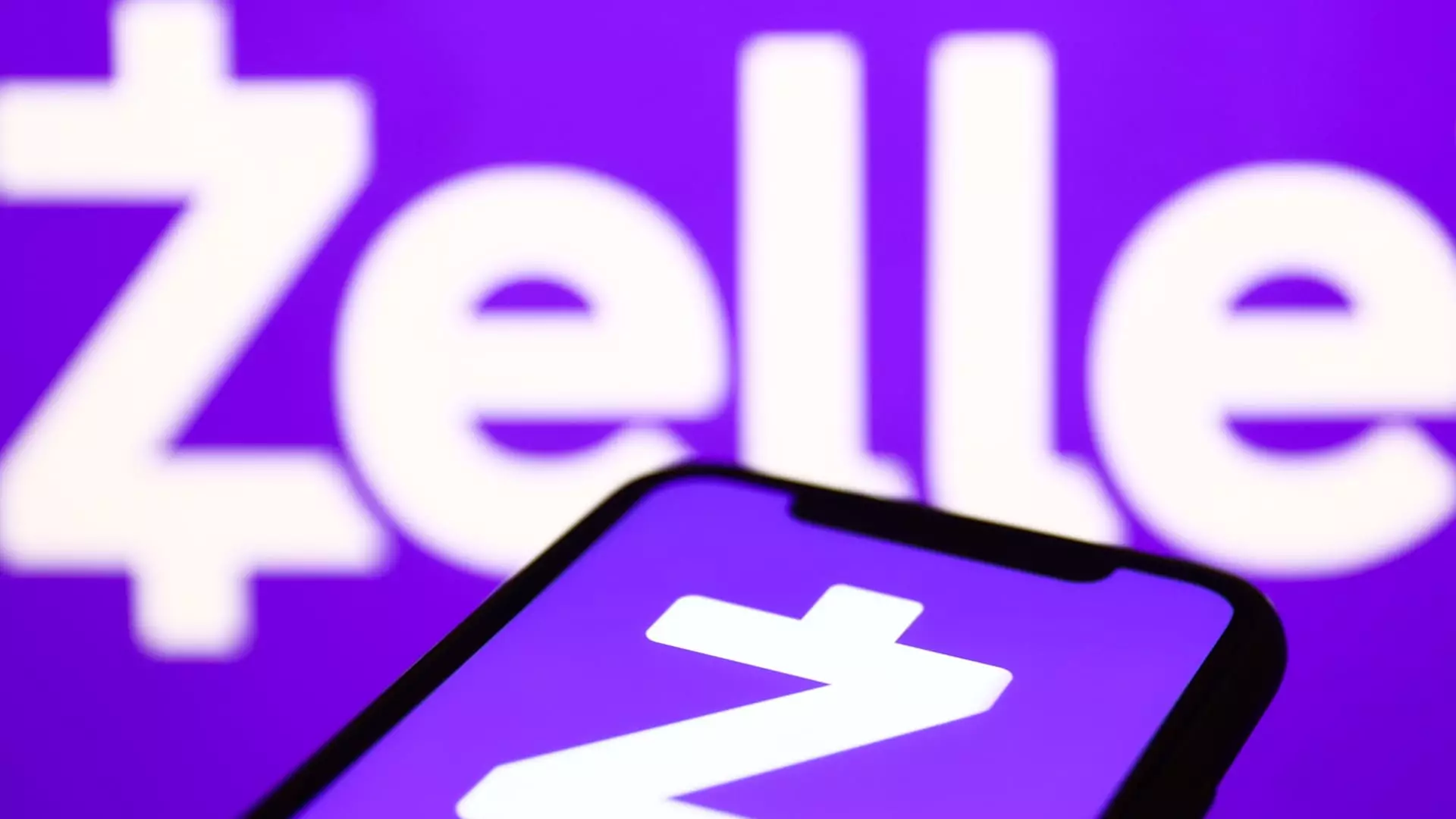Zelle, the payments network developed by Early Warning Services and backed by major U.S. banks, has claimed a remarkable milestone by surpassing $1 trillion in total transaction volumes in the past year. This achievement marks it as a pioneering force in the peer-to-peer (P2P) payment landscape, significantly outpacing its competitors. According to Denise Leonhard, Zelle’s general manager, this volume represents the highest amount ever processed by any P2P payment service in history. The jump to 151 million accounts in 2024, which reflects a 12% increase, underscores not only the growing acceptance of digital payments but the changing landscape of financial transactions fueled by technology.
Launched in 2017 as a direct response to popular fintech applications like Venmo, PayPal, and CashApp, Zelle quickly differentiated itself by harnessing the collective power of the U.S. banking system. This advantage is bolstered by its endorsement from seven of the nation’s largest banks, including industry giants like JPMorgan Chase and Bank of America. Unlike many of its competitors, Zelle facilitates instant money transfers directly within the apps of its banking partners, creating a seamless user experience that emphasizes convenience. Moreover, the substantial growth rate of Zelle, outpacing even PayPal’s reported P2P volumes of over $400 billion, points to its escalating popularity among consumers and businesses alike.
Despite its impressive growth, Zelle’s ascent has not been without controversy. Numerous allegations have surfaced, indicating that the platform and its affiliated banks have not adequately addressed fraud complaints or provided appropriate reimbursements for victims. In response, Zelle has initiated robust measures aimed at counteracting fraud, promising that an astounding 99.95% of transactions are now secure from fraudulent activities. These efforts may play a crucial role in restoring user trust and promoting wider adoption among customers who are increasingly hesitant to embrace digital payment methods due to security concerns.
Zelle’s growth can also be attributed to changing consumer preferences as they turn away from cash and traditional checks in favor of instant, electronic transactions. The platform is witnessing a notable increase in usage among small businesses, where it is utilized for everyday transactions, such as paying employees or service providers. Leonhard notes that, “People are using Zelle to do things like pay their rent or compensate their nanny,” highlighting the platform’s versatility in addressing modern payment needs.
As Zelle advances further into 2024, it stands at a pivotal point in the evolution of online payments. The continued expansion of its user base, the integration of security advancements, and its alliance with major financial institutions are likely to shape the future of P2P transactions. While challenges remain, Zelle’s commitment to providing a secure and convenient payment solution positions it well to thrive within an increasingly digitized economy. The next few years will be critical as Zelle seeks to maintain its upward trajectory while ensuring that it responds effectively to the ongoing concerns surrounding fraud and customer trust.

